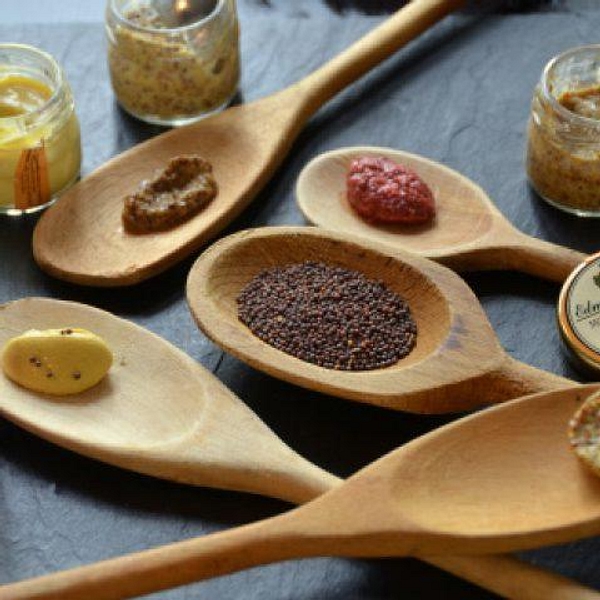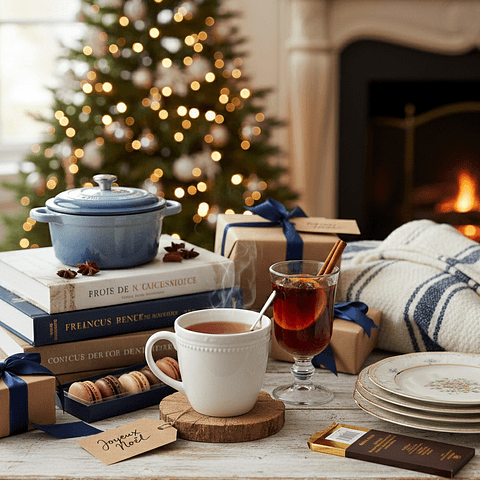Mustard may be consumed all over the world, but it was the French – in particular the Dijon region of Burgundy – that made this condiment an indispensable item in every kitchen. According to the popular légende de moutarde, it was the Romans who first brought mustard to Paris, and by the 13th century we see the first appearance of les moutardiers- the mustard makers. In other words, the French have been doing this for a long (long, long) time!
Producing mustard is actually quite a simple process- mustard seeds are ground or crushed and then mixed with a range of liquids, from water or wine to vinegar, to create a thick paste. However, Dijon Mustard is a bit more special than your average run-of-the-mill mustard mixture. Dijon style is made with white wine (this is Burgundy after all) to enhance the flavor. Once upon a time it was Verjuice that was once used, a sour juice made of unripe grapes.
For something so closely associated with French cuisine, you may be surprised to know that nowadays most French moutardiers don’t actually use French-grown seeds in their production process but Canadian – one of the biggest exporters of mustard seeds in the world. In fact, Canada alone produces a whopping 80% of mustard seeds in the world. Imagine buying Camembert de Normandie that has been made with American cow’s milk- it’s just not the same!
Amidst the globalization of French mustard, one manufacturer has upheld the Dijonnais traditions since 1840, Chez Edmond Fallot. The family business is now run by his grandson still following traditional techniques such as grinding the seeds by stone to preserve the true flavor of the mustard and most importantly with Burgundy raised seeds! Edmond Fallot is in fact the last independent mustard mill operating in Burgundy. You can easily find Fallot Mustard at most gourmet markets and specialty stalls at the traditional marchés.
In France, you generally find two types of mustard, moutarde fine/Dijon- and en grains (the grainy variety). Mustard is not only used as a condiment to accompany sausages and other meats but often as a key ingredient in many dishes.
Here’s our guide to using mustard in different ways to bring out the French chef in you!
– Mustard Sauce for white meat: perfect to finish off cream based sauces! Whisk in mustard at the end and always off the heat.
– Vinaigrette: as an emulsifier and to give an extra punch of flavor (make sure to use some moutarde fine along with en grains to help the
– Roasting meats: coat with mustard to enhance flavor and a to make a crust
– Mustard Seeds: boil until tender, add to salads for extra crunch
– Savory Tarts: coat bottom of the tart shell then top off with veggies of choice!
For more mustard mania, make sure to check out David Lebovitz recipe on making homemade mustard!
Bon appétit!

